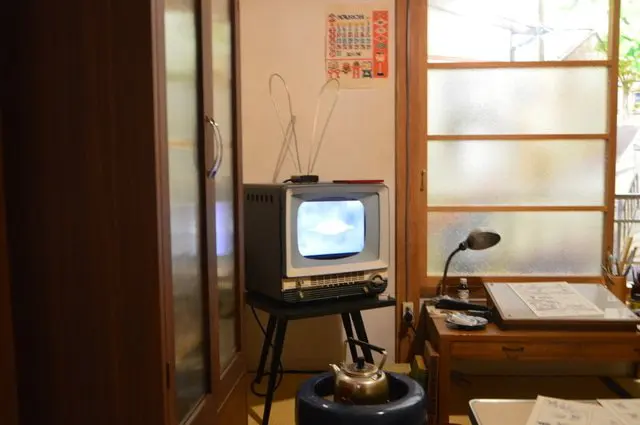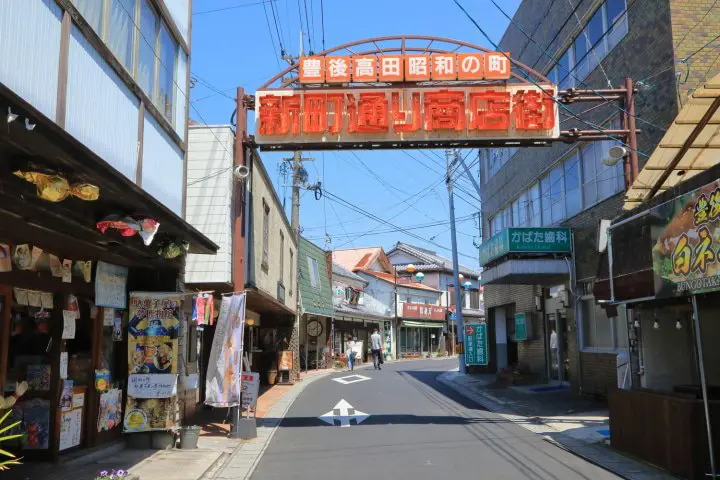Start planning your trip


The Showa period (1926-1989) was the era during which Emperor Showa ruled Japan. This time encompassed World War II, Japan's postwar recovery, a period of high economic growth, and the Bubble economy. Continue reading to discover the significance of the Showa era for the Japanese people.
The Showa period refers to the nearly 60-year span from 1926 to 1989, during which Emperor Showa reigned over Japan.
This era was marked by significant transformations, including World War II and its aftermath, Japan's economic revival, the 1964 Tokyo Olympics, and the early stages of the Japanese asset bubble, characterized by rapid economic inflation.
The Showa period is commemorated each year on April 29, the birthday of Emperor Showa, which also marks the beginning of Japan's Golden Week—a series of holidays in early May.
When Japanese people refer to "it's a lot like Showa," they typically mean the mid-Showa era, a time of considerable upheaval. However, this expression can also evoke nostalgia for what baby boomers and their parents remember fondly as the "good old days."
During the 1960s and 1970s, Japan experienced a high-growth economy, which brought various electrical goods into everyday life.
Western and traditional Japanese cultures began to intertwine. Although many people faced financial hardships, they supported one another, fostering a more relaxed and communal society.
Children enjoyed a sense of ease, and life appeared to be at its most stable. Today, many express a strong sense of nostalgia for this relatively stress-free and community-oriented period, despite the financial and technological advancements of modern times.
This era is fondly remembered by most baby boomers and their parents and is often portrayed in movies and television as representative of 'modern Japan.'
Photo by Pixta
There has been a movement to promote regional towns by tapping into Showa nostalgia.
For instance, Bungotakada Town in Oita Prefecture has successfully transformed its "Showa no machi" into a tourist attraction by revitalizing its old shopping district.
Picture courtesy of GTN
The Seibuen Amusement Park near Tokyo is renowned as a "retro wonderland" that captures the ambiance of the Showa era.
Additionally, many food theme parks featuring a "Showa" concept have gained popularity, such as the Shin Yokohama Ramen Museum in Yokohama and Takimi Koji in Osaka's Umeda district.
There are numerous similar establishments that appeal to all generations; the elderly experience nostalgia, while young people find them fresh and unique.
If you visit Japan, take the time to explore these "Showa retro" destinations and observe how locals enjoy them with a sense of nostalgia.
Written by
This is the official account of MATCHA's editorial department. Our articles feature useful travel information for visitors to Japan, from how-to guides to recommended places to visit.


